Description
100 Seeds Cubanelle Pepper is a sweet and tangy yellow-green, thin-walled pepper with a tropical, mildly spicy flavor that is popular in Cuban, Puerto Rican, and Dominican cuisine. Stuff with rice or use in sandwiches, yellow mole sauce, salads, and casseroles to brighten a rich meal. Cubanelles will ripen to bright red if left on the bush. Spice level is low (100 – 1,000 Scoville Units). Also Known As: Cuban Pepper, Italian Frying Pepper We ship in 1 business day. Shipped with USPS First Class Mail. Plant Name: Pepper, Cubanelle Latin Name: Capsicum anuum Days to Germinate: 14-21 Days to Harvest: 80 Germination Rate: 89% Test Date: 11/21 Growth Habit: Bush, Upright USDA Zones: 3-12 Lifespan: Annual Country of Origin: United States Sunlight: Full Sun, Partial Shade GMO: No Pollination: Heirloom, Open-Pollinated Fungicide-Treated Seeds*: No Seeds Packed For**: 2022 *Fungicide-treated seeds protect the seedlings from diseases until they are up and growing. Do not eat treated seeds. **Seeds are freshly packed for the growing season of the year listed. Seeds are still viable beyond pack date. Store in a cool and dry location such as the refrigerator or basement to best preserve germination rates. Planting Instructions: Soil Preparation: Choose an area with heavy, well-draining soil that receives at least 6 hours of sunlight each day. Several weeks before planting, prepare dig or plow the soil 8-10 inches deep and rake up several times to break up large clods. Work the soil when it is dry enough to not stick to garden tools. You may optionally apply manure, compost, peat moss, or rotted hay to build the organic matter content of the soil, especially if working with heavy clay. Planting: Try not to plant seeds until the soil warms in the spring and all danger of frost is past since peppers grow best in warm weather. For Fall planting, plant peppers 12-16 weeks before the first expected frost. Starting peppers indoors and then transplanting outdoors will be easier than if starting from seed outdoors. If direct sowing, plant 3-4 seeds in 1/2 inch deep holes spaced 1 1/2 feet apart within rows spaced 3 feet apart (from hole to hole). If transplanting, plant 3-4 seeds 1/2 inch deep in a pot. When pepper plants are 4-6 inches tall, transplant outdoors. Make 3-4 inch-deep transplant holes spaced 1 1/2 feet apart within raised rows spaced 3 feet apart (from plant to plant). Fill the holes with water and let it soak in. The slightly sunken areas that were created will help the plant to retain water. Move the plants carefully from the pots or flats and set them in the transplant holes, leaving as much soil as possible around the roots. Fill the hole with soil and pack it loosely around the plant. Leave a slightly sunken area around each plant to hold water. Water the plants after planting. It is best to transplant peppers in the evening or a cloudy day to prevent plants from drying too much and wilting. Planting Depth: 1/2 inch Within-Row Spacing: 1 1/2 feet Between-Row Spacing: 3 feet Care During the Season: Watering: Water the plants enough to keep from wilting. Slow, deep watering helps the root system grow strong. Try not to let pepper plants wilt because this will reduce yield and quality of the fruit. Weeding and Pruning: Keep plants as weed-free as possible. When tilling or hoeing, be careful not to cut too deeply into the soil near the pepper plants as cutting the feeder rooters may slow the plant’s growth. Pull by hand any weeds that are close to the plants. Fertilizing: You may optionally add 2-3 pounds of a complete fertilizer per 100 square feet of garden area. Spread the fertilizer evenly over the garden and work into the soil. If planting single pepper plants, after the first pepper begins to enlarge, you may optionally place about 2 level tablespoons of fertilizer around each plant about 6 inches from the stem, then mix it well with the soil. Water the plant after adding the fertilizer. This will increase the yield and quality of the peppers. Insecticides: Insecticides may be used to protect plants. Bt-based insecticides and sulfur are organic options that can be used for prevention. Sulfur also has fungicidal properties and helps in controlling many diseases. Sevin is a synthetic insecticide that can be used to control for the flea beatle. Insecticidal soaps and neem oils are good ways to control for aphids. Before using a pesticide, please read the label and always follow cautions, warnings and directions. Diseases: Watch pepper plants closely, especially in mild weather. Leaf spots are caused by fungi and bacteria and can be treated with neem oil, sulfur, and other fungicides. Please always follow label directions. Harvesting: Harvest peppers as they mature to increase yields throughout the season. The first peppers are usually ready 8-10 weeks after transplanting. Harvest hot peppers when they turn red or yellow, depending on the variety. Cubanelle peppers are mature when they reach a good size and develop a bright yellow-green sheen. Use peppers within 3 days of harvesting, or store in the refrigerator crisper or other covered containers. Nutrition Facts: Cubanelle peppers, green Amount Per 1 pepper (45 g) Calories 18 % Daily Value* Total Fat 0.1 g 0% Saturated fat 0 g 0% Cholesterol 0 mg 0% Sodium 3 mg 0% Potassium 153 mg 4% Total Carbohydrate 4.3 g 1% Dietary fiber 0.7 g 2% Sugar 2.3 g Protein 0.9 g 1% Vitamin C 181% Calcium 0% Iron 2% Vitamin D 0% Vitamin B6 5% Cobalamin 0% Magnesium 2% *Percent Daily Values are based on a 2,000 calorie diet. Your daily values may be higher or lower depending on your calorie needs.

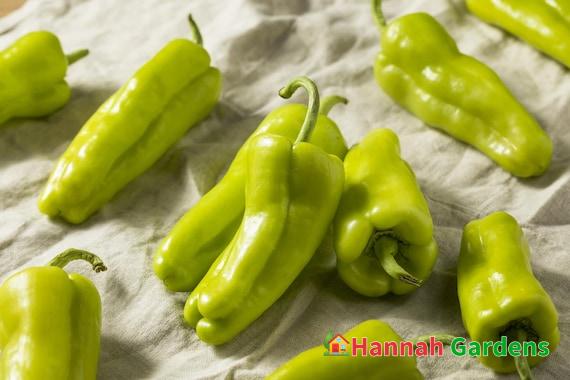
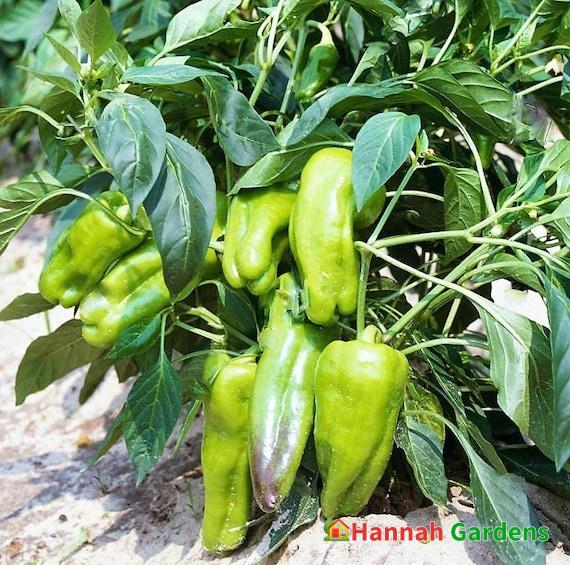
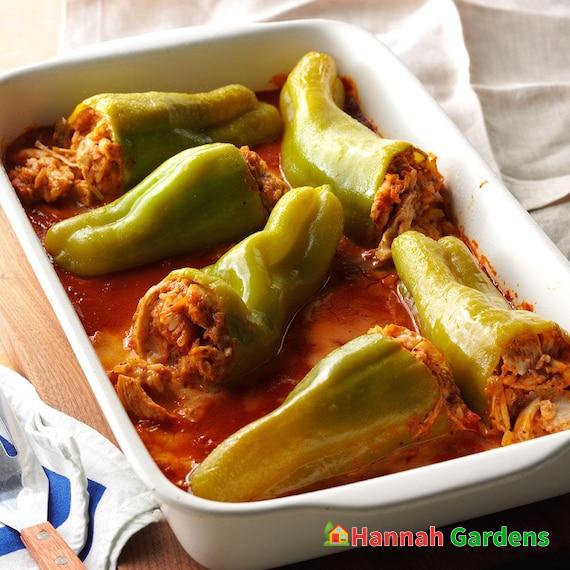
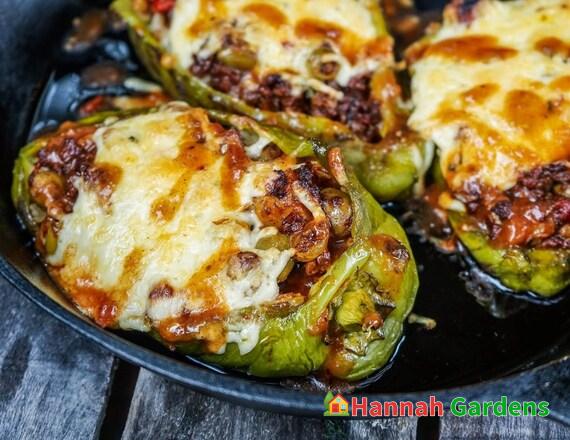
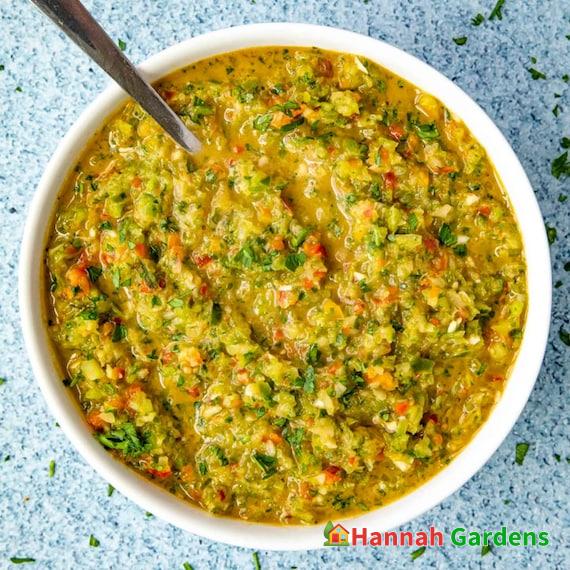
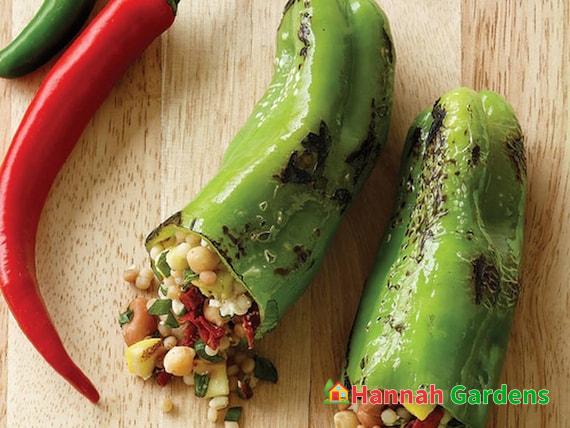
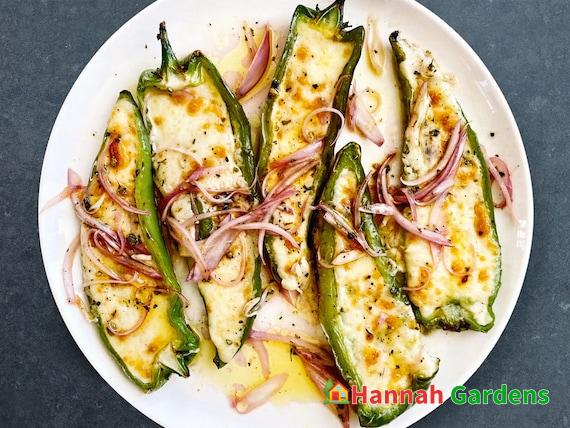
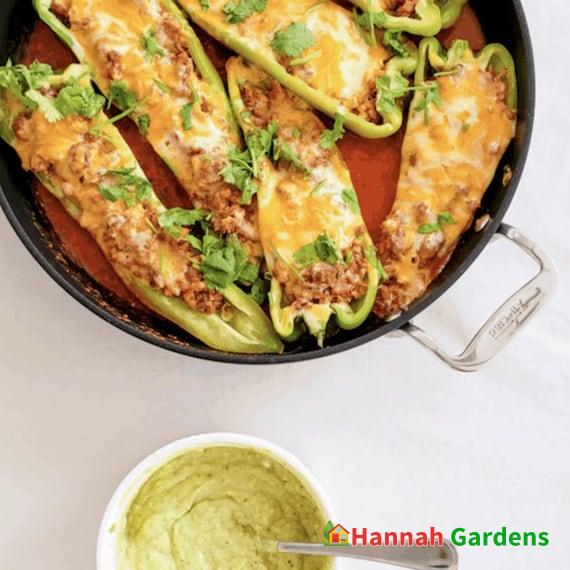
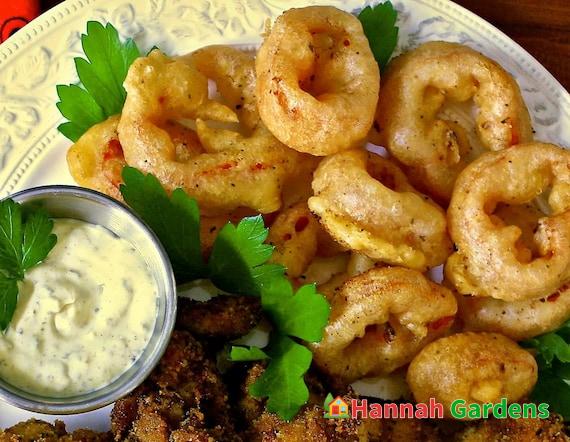
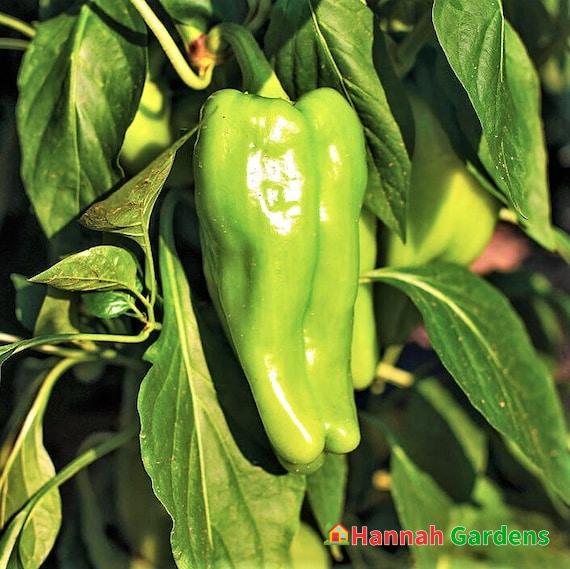
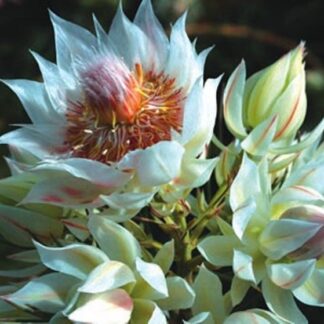
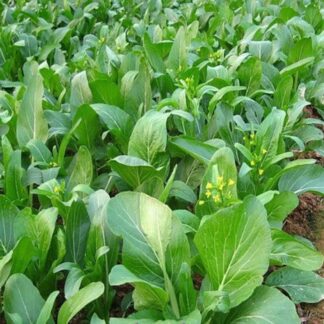
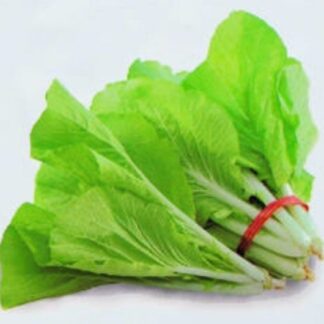
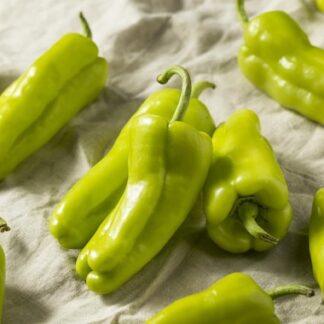
Aimee –
Seeds packaged decently and look like good quality will update as they bloom/sprout
Jy –
Arrived on time. Just planted so we will see how they do.
JOANIE –
Thank you for the seeds, you have a wonderful selection.
Marilyn Blas –
Received the seeds as ordered, with instructions on how to grow them.